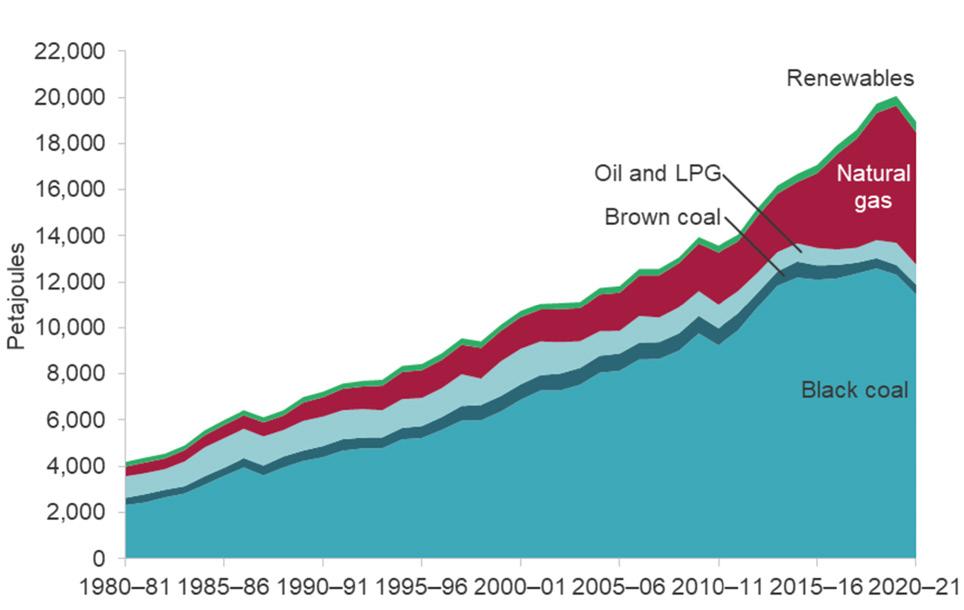
3 minute read
How to create a carbon neutral organisation without spending any money
Daniel McCabe > GI Energy
Hands up if you have the time to monitor wholesale energy rates, draw up and execute a plan to be carbon neutral and finally, have an understanding of the steps to take to get there, without a negative impact on your cashflow?
In these busy times, I am sure there aren’t too many hands up! The reality is that navigating through this period of decarbonisation during an energy crisis is extremely difficult, even for someone like myself, who has been in the energy industry for nearly 15 years!
So, let’s get down to basics. Here are some quick facts you need to know about energy:
• Wholesale energy costs have recently increased by 300%
• The forecast for the next three years is extremely bleak for energy costs
• There is a great deal of mounting pressure for everyone to be less grid dependant
• The cost for Australia to hit its carbon targets will be in the tens of billions
As the global push towards decarbonisation gathers pace, we all have to find ways to be less grid reliant and embrace measures to become more green. Regardless of the industry type, the pressure to reduce grid dependence is growing, and fast. In the early learning sector, there is the added pressure to set a good example for children, our leaders of tomorrow, and demonstrate how to lead the way in living a sustainable life.
Australia aims to be 100% carbon neutral by 2050. That may seem like it is a long way off. However, if you take a look at the chart below, you will see how much of a mountain we have to climb to get there:
The cost to reach this target will be in the tens of billions. This, coupled with the fact that the wholesale cost of electricity has recently increased by over 300%, has Australia right at the start of its own energy crisis. It is difficult to comprehend how we are all meant to be less reliant on fossil fuels when traditional energy costs are spiralling out of control.
What can I do to get started?
Speaking exclusively from an electricity use point of view, it may be easier than you think to be completely cost and carbon neutral. There are many variables to consider of course, but it is possible to create a situation where you can generate enough of your own electricity to be completely free of energy bills or fossil fuels within a few years. And here is the real drawcard; if you do this properly, it doesn’t have to cost you any capital above what you are currently spending on your standard electricity. Doesn’t that sound appealing?!
A Government funded solar and battery system, in conjunction with some smart technology and a solid, well mapped out plan for the future, can get you there quicker than you might think. When most people think about utilising solar, they are of the belief that you have to invest capital to get the solar panels installed, before they can reap the benefits of saving money and energy. This is not the case. To best explain how this can happen, here is a very basic overview of a case study:
Overview
Client: Padua College
Savings after project completion: $99,855.80 and 344t of Co2 annually
Government rebate to fund project: $140,600.00
Installed: 300kW solar array and tariff optimisation
Capital required: $0 above current energy spend
Stage Two: Battery designed to offset the remaining
energy costs and Co2
Your organisation may be different than the above example, but the same theory applies with smaller or larger energy users. As you can see, there are large Government rebates available that will help fund a solar and battery system. And you can simply use the money you save from your existing power bill to pay for the remaining portion of the solar panel installation. Essentially, you are taking Government funding and using it pay for a large portion of your renewable energy solution. For the remaining balance, you are leveraging money you would usually outlay to your current energy retailer and redirecting it to your brand-new solar solution.
What else do I need to consider?
The above case study is a very simplified version of how this can work. To qualify for this type of solution, you will need to ensure:
• You have sufficient roof area available for solar panels
• You qualify for the STC solar rebate
• Your existing electrical infrastructure can support a solar installation (or you may need some upgrades)
The way you use electricity and the way you are charged for electricity also play a big part in how easy this is to set up. Keep in mind every building and organisation are different; you will need an industry expert to guide you through this process and determine the best outcome for you. It can be a daunting process for those with little to no energy experience but with a little help, the first and most important step can be very easy. That is where I can help! I have been working in this space for a number of years and my company specialises in energy reduction strategies for the education sector. We have a team of passionate staff ready to help you take that important first step to becoming a carbon neutral organisation.








